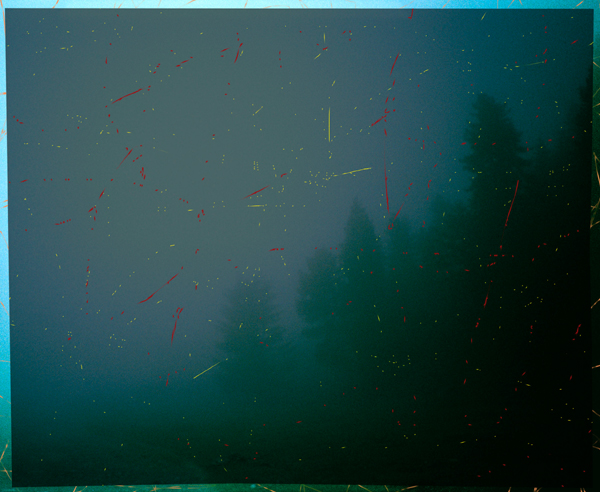Benno Friedman, Untitled, 2008, Inkjet Print, 11 x 14 inches, courtesy of the artist


Benno Friedman, Untitled, 2008, Inkjet Print, 11 x 14 inches, courtesy of the artist


Benno Friedman, Untitled, 2008, Inkjet Print, 11 x 14 inches, courtesy of the artist


Benno Friedman, Untitled, 2008, Inkjet Print, 11 x 14 inches, courtesy of the artist


Benno Friedman, Untitled, 2008, Inkjet Print, 11 x 14 inches, courtesy of the artist


Benno Friedman, Untitled, 2008, Inkjet Print, 11 x 14 inches, courtesy of the artist

Artist Statement
Even in its purest form, a photograph only informs us about an object, event, or experience; a shared and accepted understanding of the world in which we live, an approximation, depending on a collective assumption about the nature of a reality that is neither absolute nor permanent.
What is a photograph? Instead of retouching all of the scratches and dust marks on a photograph, one could choose to retouch everything but the scratches and dust marks; the result would be no less a photograph.
An image of the molecular structure of a child's brain is no less an accurate portrait of the child than the school's yearbook snapshot.
A photograph can be any size, a pixel, a galaxy.
Both the brain and the computer can reassemble, reconfigure and alter data, sometimes imperceptibly, sometimes so completely that when it is re-presented in either hard or soft form, it no longer resembles a recognizable object.
In looking at a photograph, how many pixels can be removed or altered before the familiar becomes the unrecognizable? At what point does a photograph cease to be?
- Benno Friedman
|





